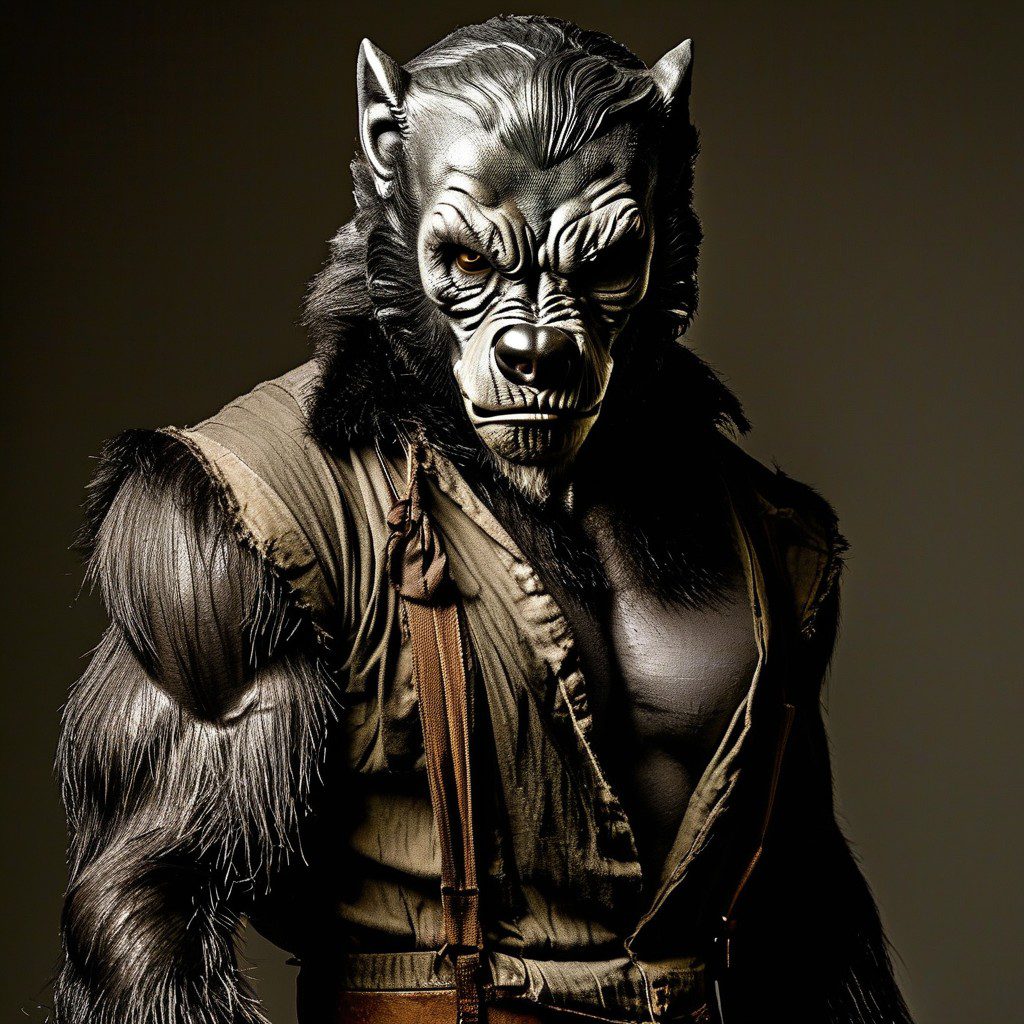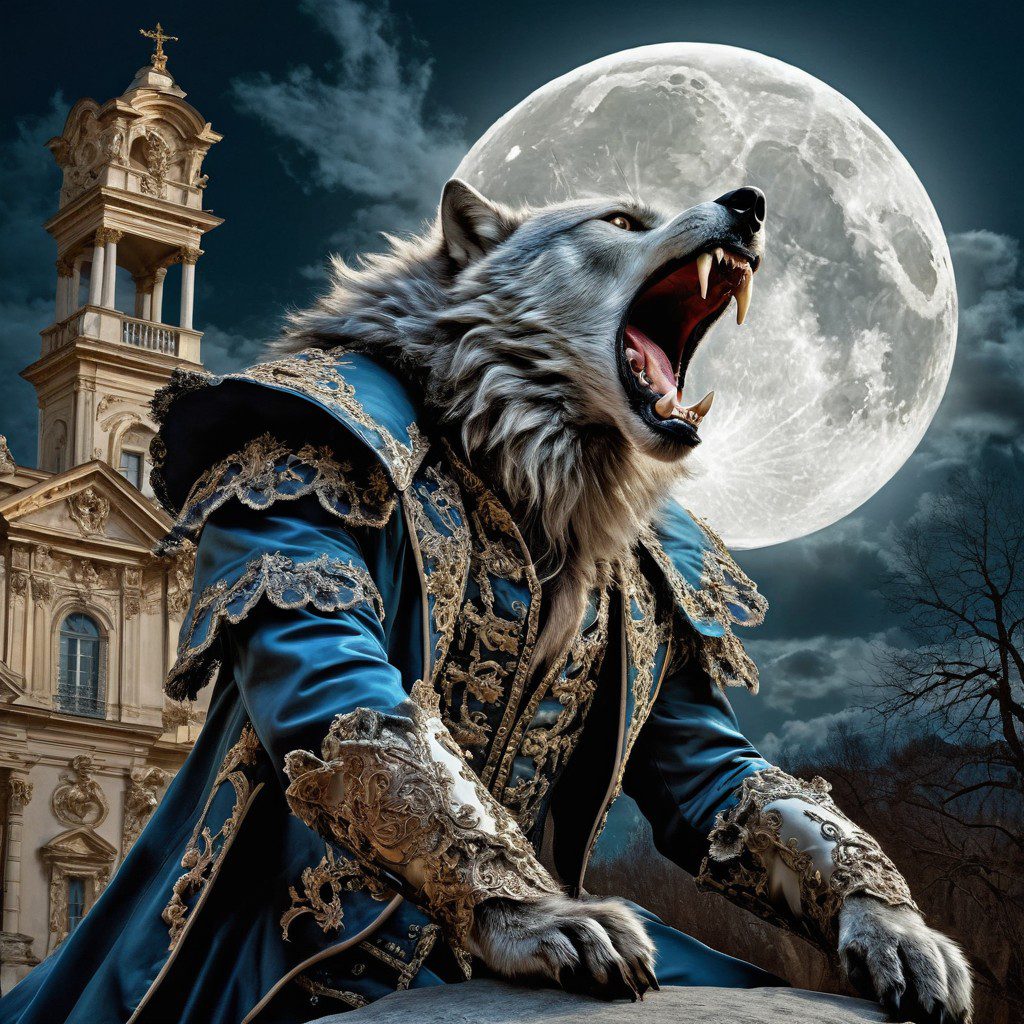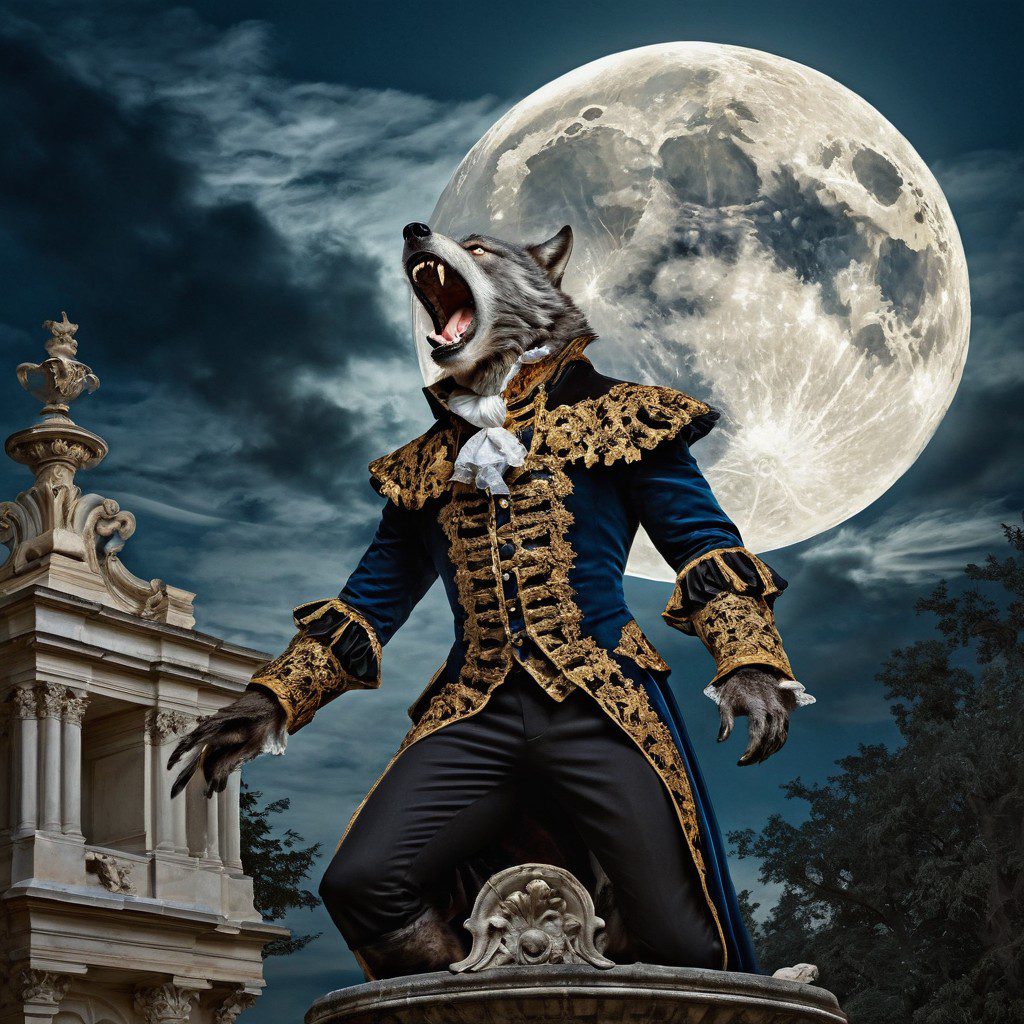The Legendary Werewolf: History, Mythology, and Modern Evolution

When it comes to mythical creatures that have gripped the human imagination for centuries, werewolves hold a top spot. These shapeshifting beasts, part man, part wolf, have roamed folklore from ancient times to the present day, prowling through the pages of literature, howling on the silver screen, and even stalking our favorite video games. But how did this creature come to be? What cultural roots does the werewolf spring from, and how has it evolved across time?
Let’s dive into the hairy, bloodthirsty, and often tragic world of the werewolf.
The Origins: Ancient Roots of the Wolf-Man
The werewolf legend is nearly as old as humanity itself. One of the earliest references to wolf-human hybrids comes from ancient Greece. Perhaps the most famous origin myth is the story of King Lycaon. According to the legend, Lycaon, a king of Arcadia, angered the god Zeus by serving him a meal made from the flesh of a human (in some versions, his own son). As punishment, Zeus transformed Lycaon into a wolf, forever marking him as a cursed being. It’s from this myth that we derive the term “lycanthropy”—the ability or curse of transforming into a wolf.
In other cultures, similar tales arise. The Norse berserkers, warriors who donned animal pelts (often wolves or bears) to enter a frenzy of battle, were sometimes thought to embody the spirit of the beasts they wore, leading to legends of men turning into wolves. Among the Celts, stories of shapeshifting warriors and magical wolf transformations also echoed these themes of man and wolf merging into one entity, often blurring the lines between natural and supernatural.
Beyond Europe, werewolf-like creatures also appear in Native American, Slavic, and Central Asian lore. For example, in Russian folklore, the volkodlak was a type of werewolf whose transformation was often linked to curses or dark magic. Across the world, the concept of humans merging with wolves or other predatory creatures has long haunted the dark corners of the imagination.
The Medieval Werewolf: Curses and Witchcraft


By the Middle Ages, the werewolf had taken on a much darker, more sinister role in European culture. No longer just a man cursed for his hubris, the werewolf became a symbol of fear, heresy, and witchcraft. This shift in perception can largely be attributed to the rise of Christianity, which viewed anything associated with shapeshifting, pagan rituals, or animalistic transformations as the work of the devil.
During the medieval period, werewolf trials were disturbingly common in parts of Europe, especially in France and Germany. Much like the witch hunts of the same era, these trials involved people—often marginalized individuals—accused of transforming into wolves to commit heinous acts like murder or cannibalism. One infamous case was that of Peter Stumpp, a 16th-century German farmer who was accused of being a werewolf. After being captured, he was tortured and eventually confessed (under duress) to killing children, livestock, and even practicing black magic to transform into a wolf. His execution became one of the most notorious werewolf trials in history.
These dark associations between werewolves and witchcraft solidified the creature as a feared monster. Many believed werewolves gained their power through a pact with the devil, and folklore from the time often depicted these creatures as agents of chaos, corruption, and evil.
The Silver Bullet: Werewolves in Modern Literature and Film
The Gothic movement of the 19th century brought a renewed interest in the supernatural, and with it came the werewolf’s resurgence in popular culture. In literature, werewolves made notable appearances in short stories and novels, cementing their place as tragic figures as much as monstrous ones. “The Wolf Leader” by Alexandre Dumas (1857) is a unique take on the werewolf myth, featuring a man who strikes a Faustian bargain that gives him the power to summon wolves. This work, though lesser known, is one of the first literary portrayals of the werewolf as a complex character rather than a simple villain.
The 20th century is where the werewolf legend truly found its footing in the world of horror. The 1935 film “Werewolf of London” is often credited as one of the earliest modern werewolf movies, but it was 1941’s “The Wolf Man” that cemented the werewolf in popular culture. In this film, Lon Chaney Jr. portrays the tragic Larry Talbot, a man bitten by a werewolf and doomed to transform into a monster during the full moon. This movie set the stage for many werewolf tropes we recognize today, including the vulnerability to silver bullets, the full moon transformation, and the internal struggle between man and beast.
From that point forward, werewolves became a mainstay in horror, frequently appearing in films, television shows, and literature. “An American Werewolf in London” (1981) and “The Howling” (1981) are cult classics that brought practical effects to the forefront, showcasing some of the most horrifying and visceral werewolf transformations ever seen on screen. Modern adaptations have ranged from gory horror interpretations to romanticized versions, like “Twilight”, where werewolves are protectors rather than pure predators.
In video games, werewolves appear in franchises like “The Elder Scrolls”, where players can become lycanthropes and experience the thrill of transformation. Werewolves in gaming often explore themes of power, freedom, and uncontrollable rage, blending the myth with contemporary storytelling.
Strengths and Weaknesses of the Werewolf
One of the most enduring aspects of werewolves is their range of powers and limitations. Over time, these traits have shifted and evolved depending on the cultural or narrative needs of the story. Here’s a breakdown of their common strengths and weaknesses:
Strengths
- Superhuman Strength and Speed: Once transformed, werewolves possess immense physical power, often able to overpower humans and other supernatural creatures.
- Heightened Senses: A wolf’s acute senses of smell, hearing, and vision transfer to the werewolf, making them deadly hunters.
- Regeneration: Werewolves often exhibit rapid healing, recovering from injuries that would be fatal to regular humans.
- Pack Mentality: In many stories, werewolves work best in packs, lending them an edge in strategy and social dynamics.
- Immortality or Extended Lifespan: Some legends grant werewolves near immortality, allowing them to live through centuries unless killed by specific means.
Weaknesses
- Silver: Perhaps the most famous weakness, silver is often lethal to werewolves, capable of killing or wounding them when other weapons fail.
- The Full Moon: In many modern versions of the myth, werewolves are bound to the lunar cycle, transforming uncontrollably during the full moon.
- Loss of Control: Werewolves are frequently depicted as struggling with their dual nature, unable to control their transformations or the bloodlust that follows.
- Fire: Like many supernatural creatures, werewolves are often vulnerable to fire, which can prevent their healing abilities from kicking in.
- Magic: In some legends, werewolves are susceptible to curses, potions, or spells that can either force transformations or bind their powers.
The Werewolf Today: Evolution and Cultural Symbolism
The werewolf continues to evolve in modern media, often embodying the tension between civilization and wildness. At its core, the werewolf represents the struggle with our animalistic instincts—rage, lust, and violence. The werewolf is not just a beast but a mirror to the darker side of humanity.
Today, werewolves appear in an array of forms, from heroic characters like Scott McCall in Teen Wolf to villainous, primal forces in shows like Supernatural. This flexibility is what keeps the werewolf myth alive; it can be tragic, horrifying, or even romantic depending on the cultural moment.
In a world increasingly aware of duality—of nature versus nurture, man versus beast—it’s no wonder the werewolf remains such an enduring, adaptable myth. Whether they’re stalking the dark forests of medieval Europe, battling for territory in modern supernatural dramas, or commanding the fields of battle in video games, werewolves will always captivate our imaginations.
What’s your favorite werewolf story? Do you see them as tragic antiheroes or savage monsters? Let’s talk about it in the comments below!
